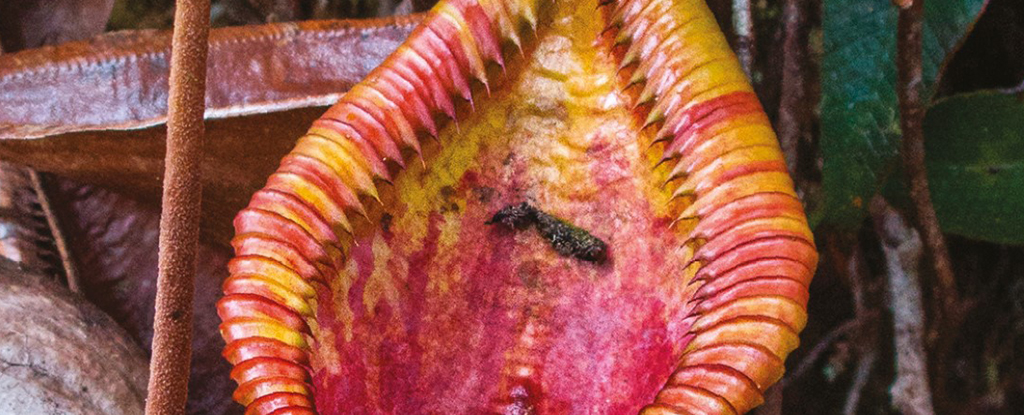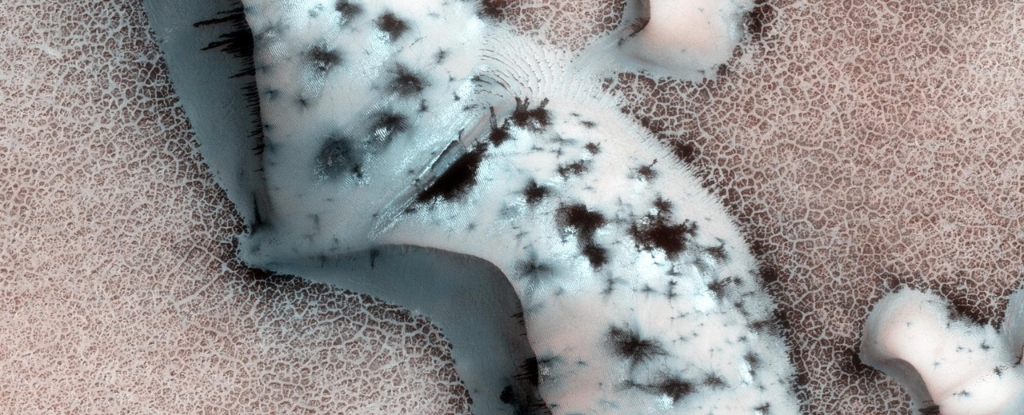Some species of carnivorous pitcher plants, Nepentheshave switched from catching and digesting insects to ingesting animal poop for their daily dose of nutrients – and this switch is proving to be very beneficial.
These botanical poop eaters manage to consume more nitrogen than others through their dietary changes Nepenthes This snack on prey, scientists found. The difference is significant, even if the new diet doesn’t exactly sound appetizing.
Here are some important lessons about how plants can adapt and evolve to meet challenges in their environment: by understanding more about how the Nepenthes Once they have improved their nutrient uptake, we can better protect them.
“A hand full Nepenthes Species have evolved away from carnivores towards a fecal diet,” says Alastair Robinsona botanist from the Royal Botanic Gardens Victoria in Australia.
“We found that species that ingest mammalian feces have more than double nitrogen uptake compared to others Nepenthes.”
The team studied six species and four hybrids of Nepenthes in Malaysian BorneoAnalysis of tissue samples to examine the amount of nitrogen and carbon captured from outside the plants.
Nitrogen is a key factor in photosynthesis and other plant processes, and the scientists found that the heavier 15N nitrogen isotope is much more abundant in Neptune Nepenthes compared to nearby non-carnivorous plants, and particularly in species that specialize in consuming mammalian droppings.
His Carnivores help plants take up important nutrients that they would otherwise not get from nitrogen-poor soils. As insect populations decrease at higher elevations, some plants appear to be turning to alternative sources of the element.
“Insect prey is scarce at tropical peaks above 2,200 meters (7,218 feet), so these plants maximize nutrient yields by collecting and retaining fewer, higher-value nitrogen sources like shrew droppings.” says Robinson.
In most Nepenthes Species, feeding insects slip on the smooth surfaces and edges of pitcher leaves and fall into a trap of water and digestive fluids. As discovered in 2009some of the plants have developed a mutually beneficial relationship mountain shrew: The animals deposit nitrogen-rich waste in the pitchers while feeding on carbohydrates on the plant covers.
Further research revealed a similar relationship between certain Nepenthes types and mountain rats, birds and bats. Now we know that animal resource trading is more beneficial than trapping insects in terms of nutrient uptake.
All of this new understanding can feed into conservation efforts. there are more Nepenthes Species more endangered than any other carnivorous plant genus, with 40 percent of their species currently listed as Critically Endangered, Endangered, or Vulnerable.
“Understanding the ecological requirements of species, particularly when species are involved in complex biological interactions, is critical to planning and managing conservation efforts for threatened carnivorous plants,” the researchers write in their published paper.
The research was published in Annals of Botany.





